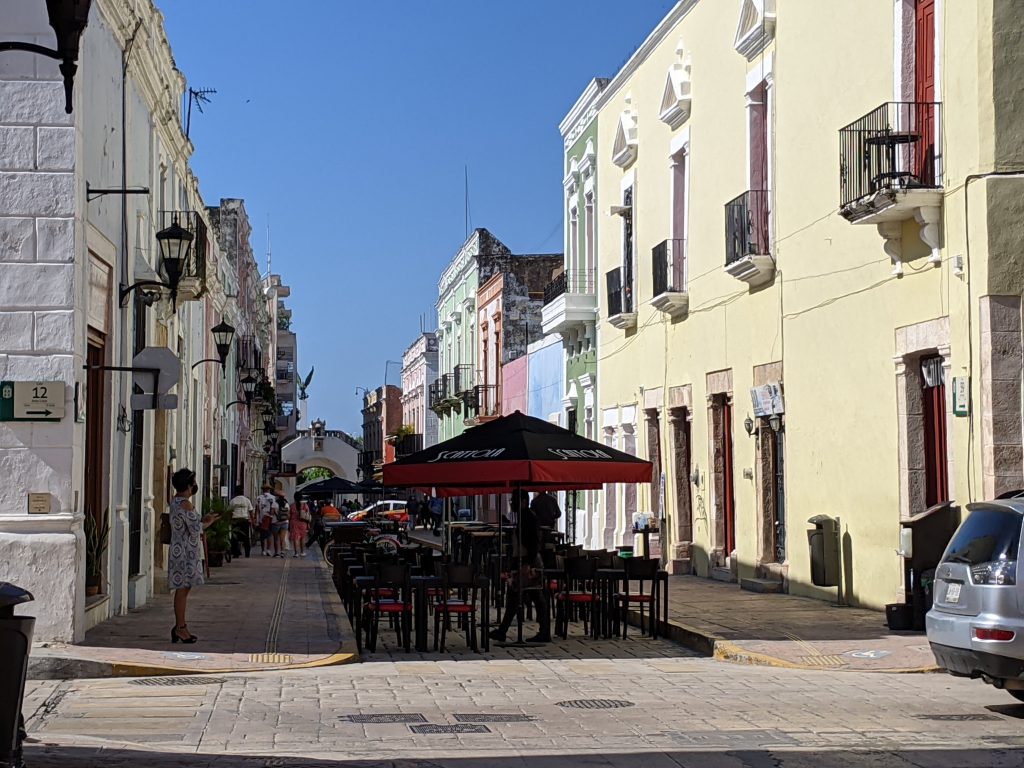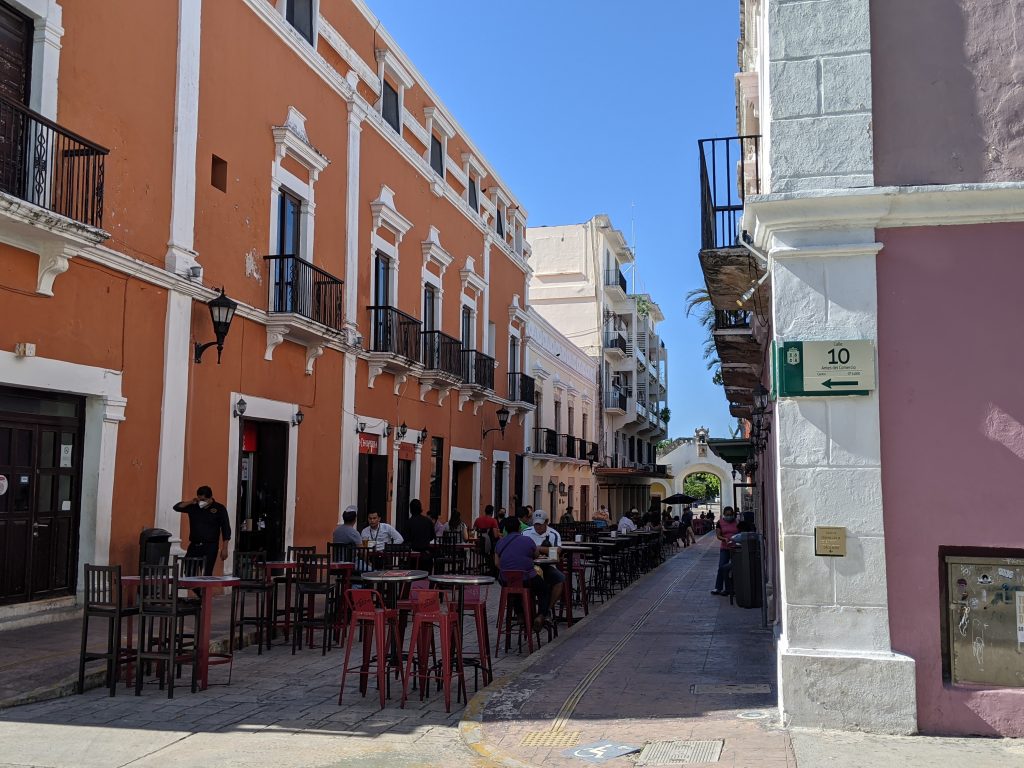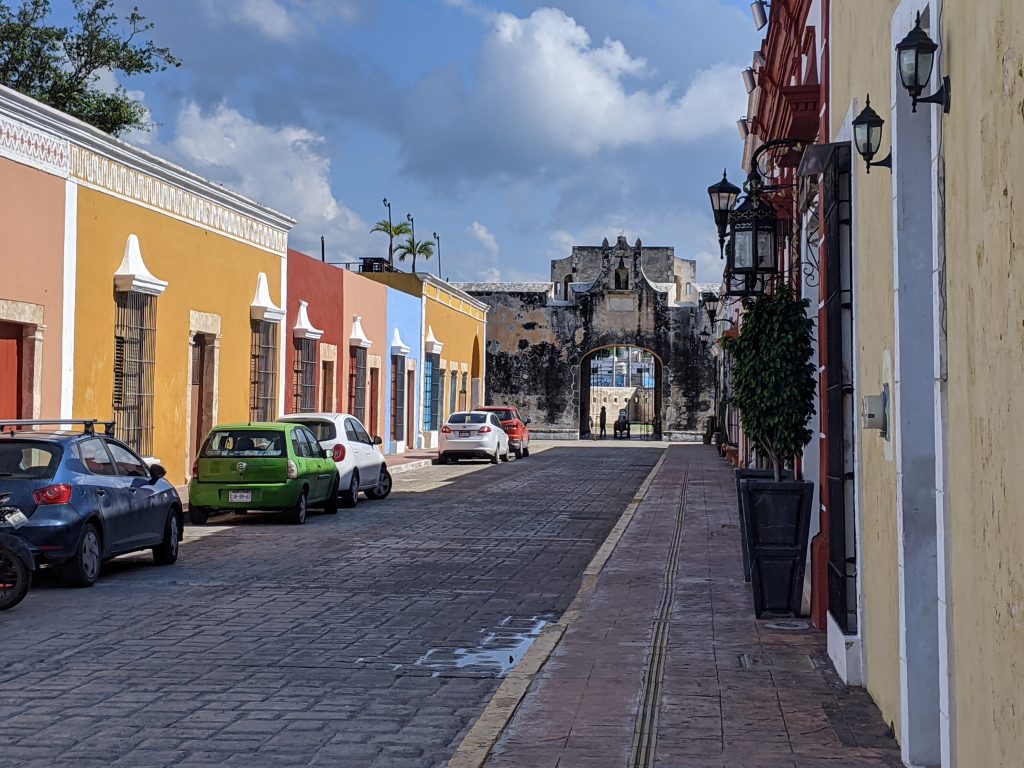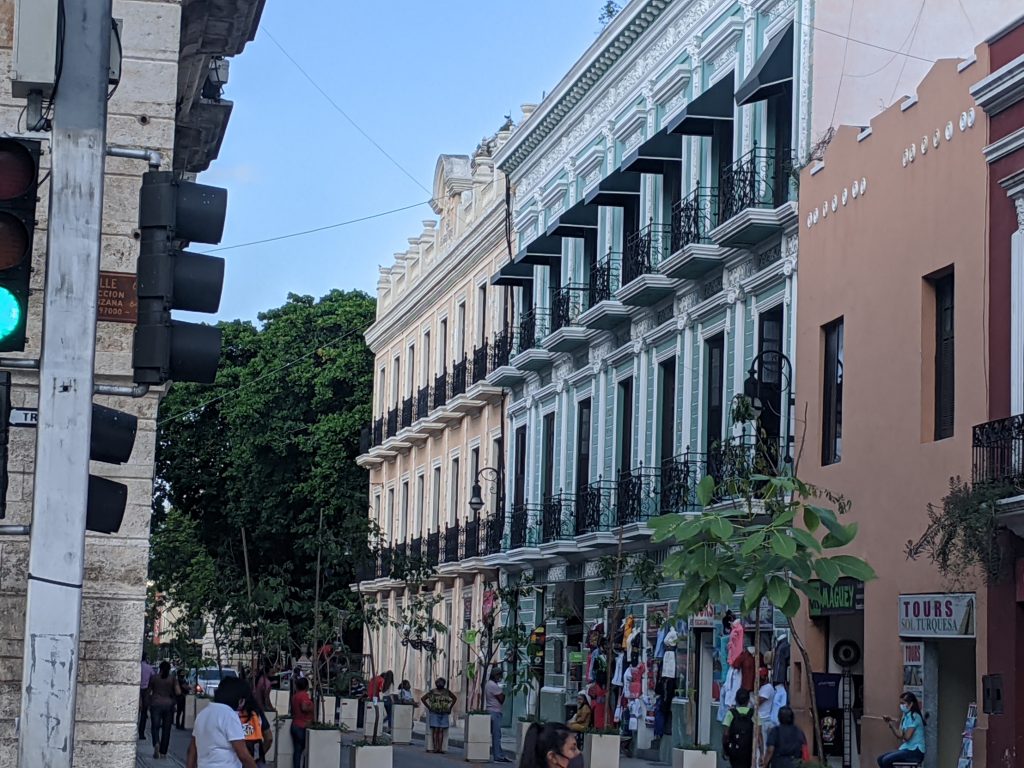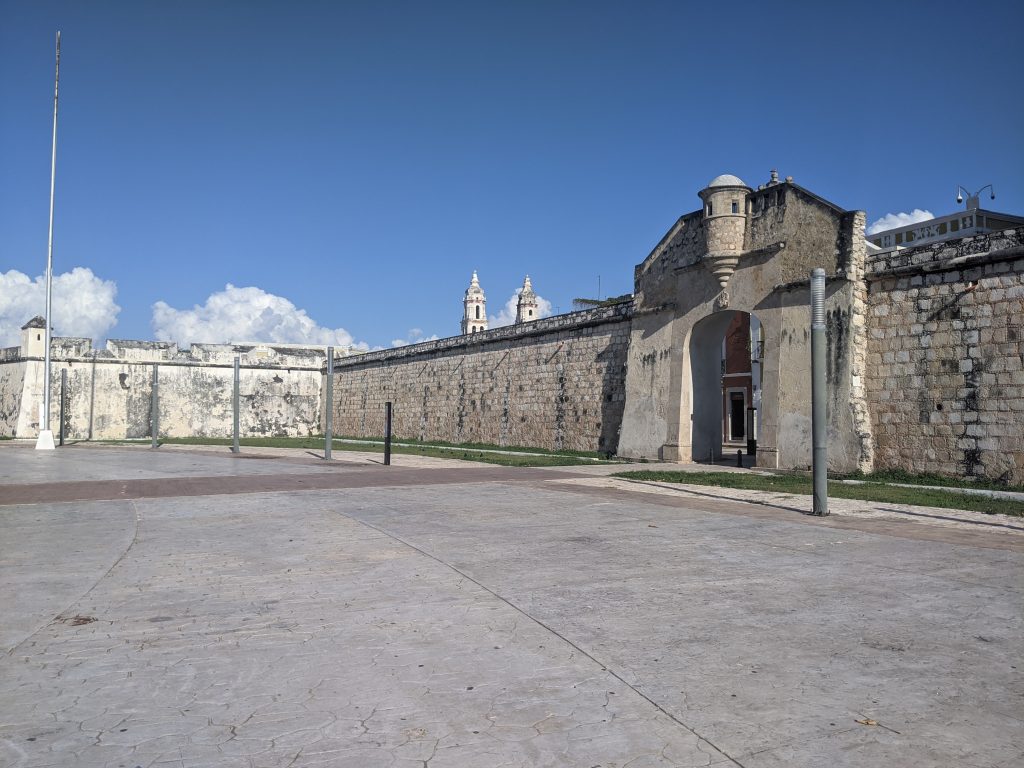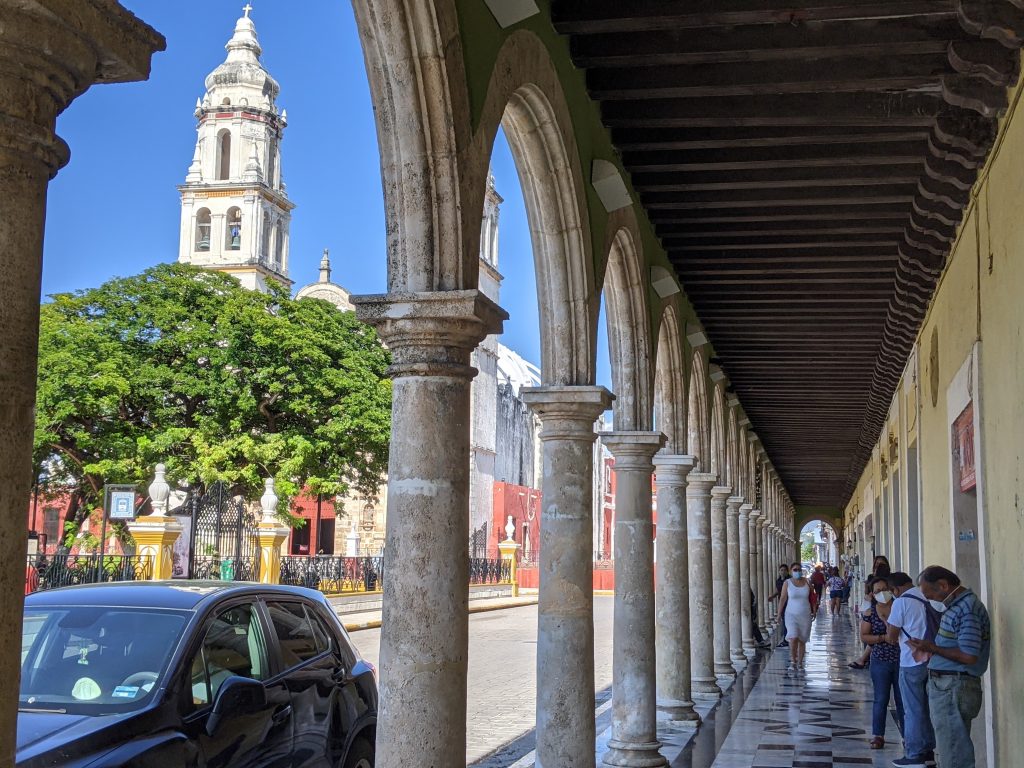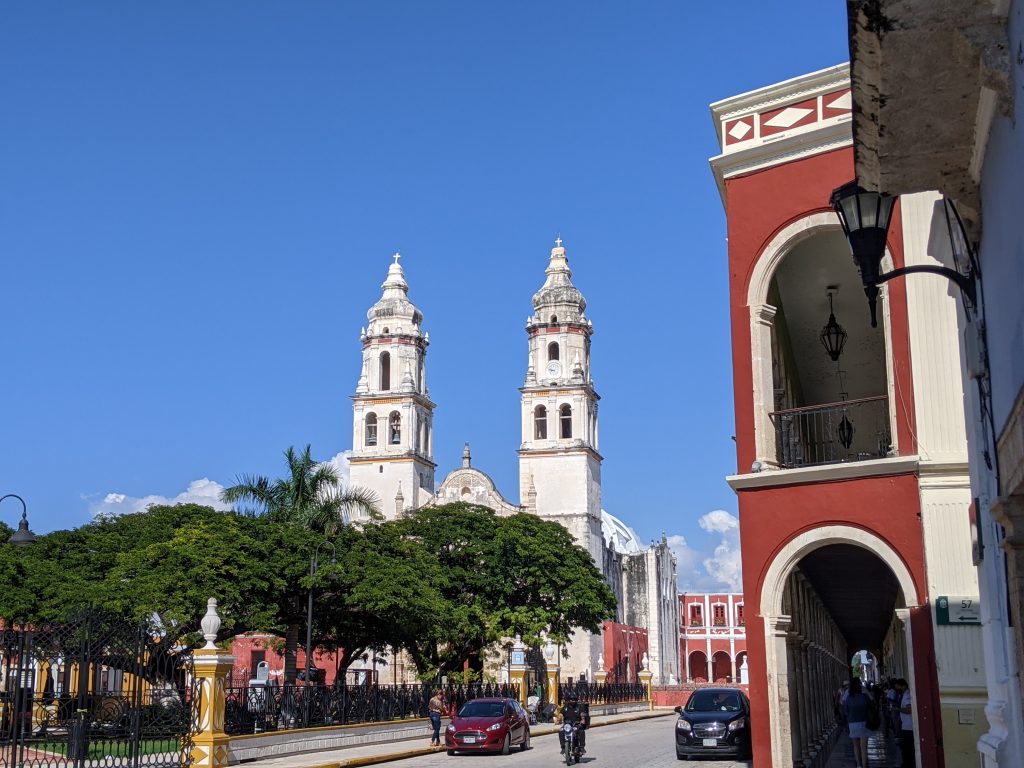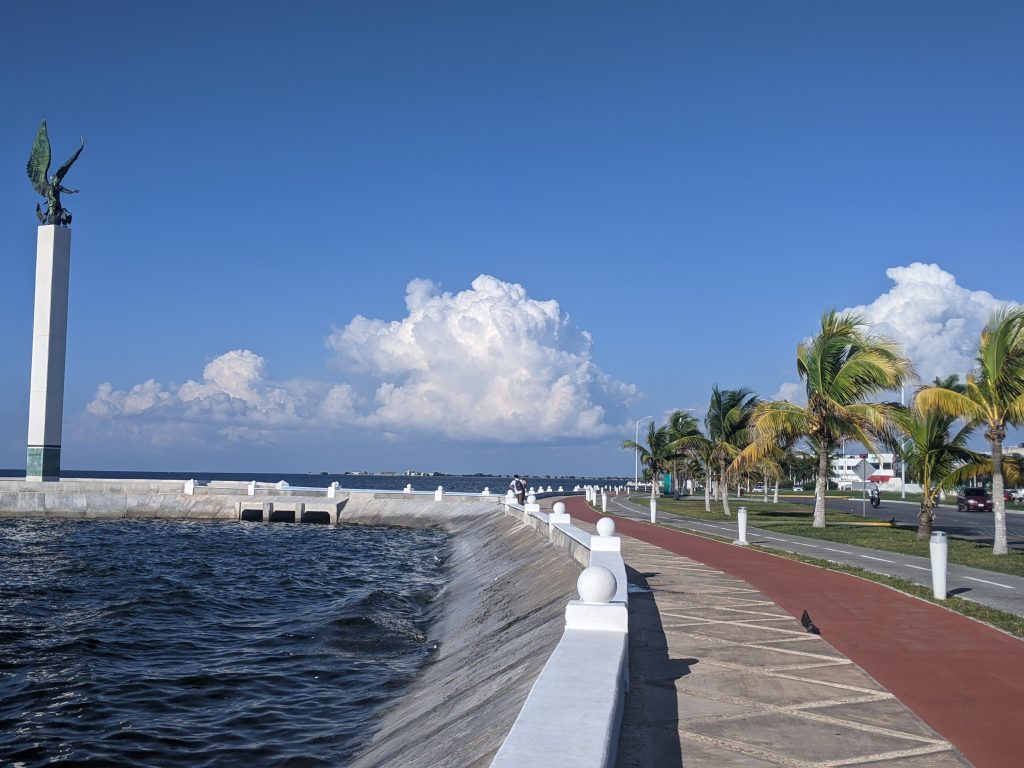I just got back from a weeklong trip to the Mexican states of Yucatan and Campeche to see three colonial cities and three large Mayan ruin sites. In this blogpost I’ll discuss my travels to the three cities. In the next, my visits to the ruins.
Valladolid
Valladolid is a small walkable city of about 50,000 people. It was quaint with a few charming cobblestone streets with pastel colored houses. It takes about an hour to walk these main parts of the city. It makes for a wonderful afternoon visit, but it would be tough to spend much more time there unless you used it as a base to explore the surrounding area.
As do most of these cities it has a rich Spanish Conquistador history as noted in Lonely Planet
Valladolid has seen its fair share of turmoil and revolt. The city was first founded in 1543 near the Chouac-Ha lagoon some 50km from the coast, but it was too hot and there were way too many mosquitoes for Francisco de Montejo, nephew of Montejo the Elder, and his merry band of conquerors. So they upped and moved the city to the Maya ceremonial center of Zací (sah-see), where they faced heavy resistance from the local Maya. Eventually the Elder’s son – Montejo the Younger – took the town. The Spanish conquerors, in typical fashion, ripped down the town and laid out a new city following the classic colonial plan.
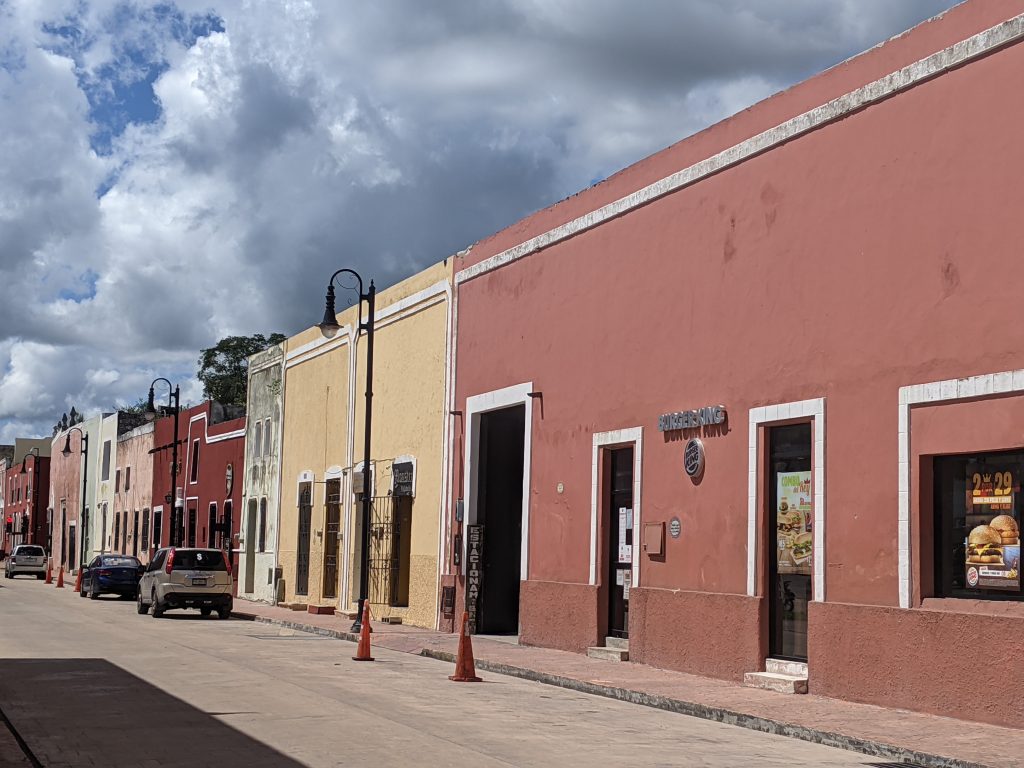
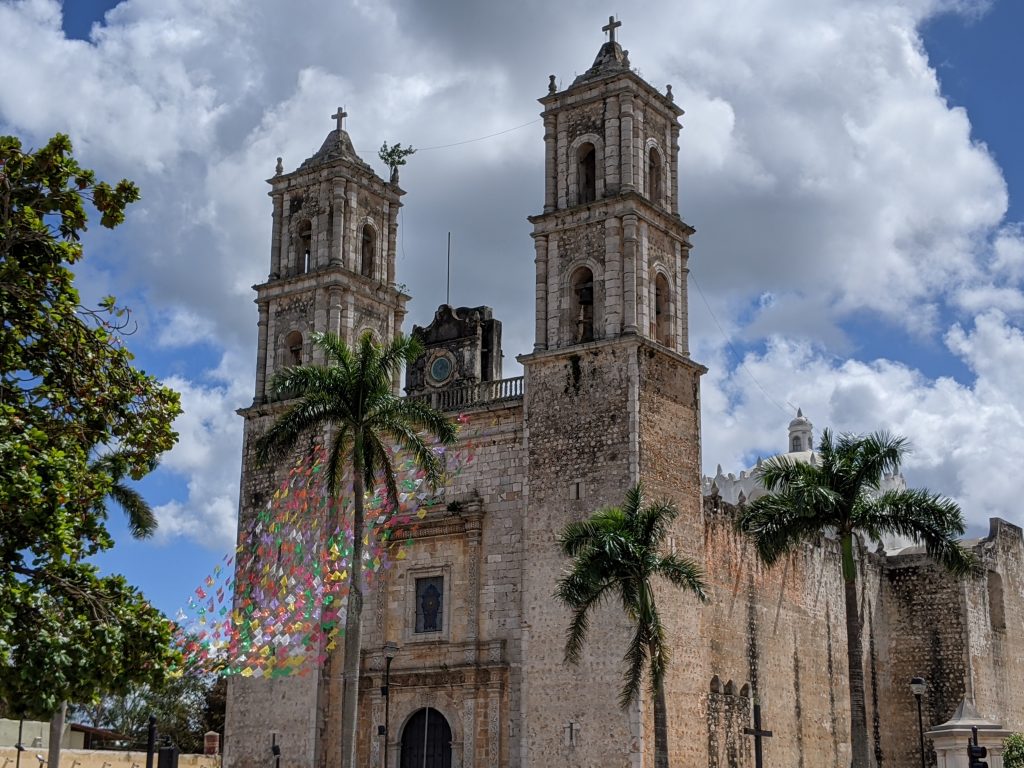
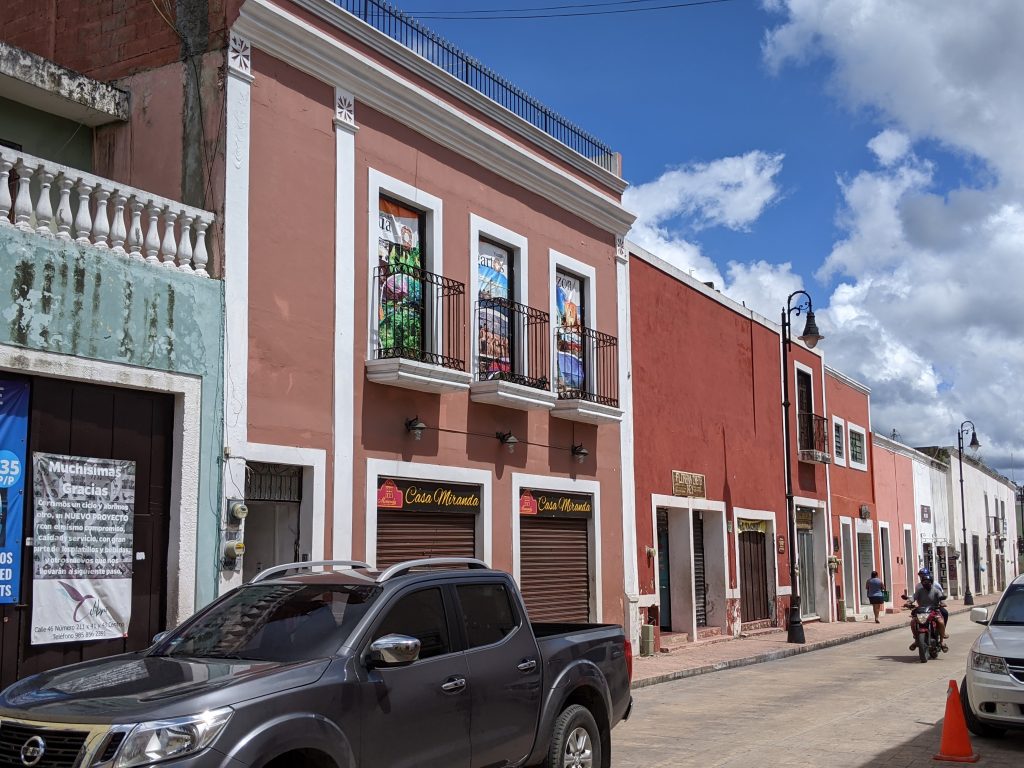
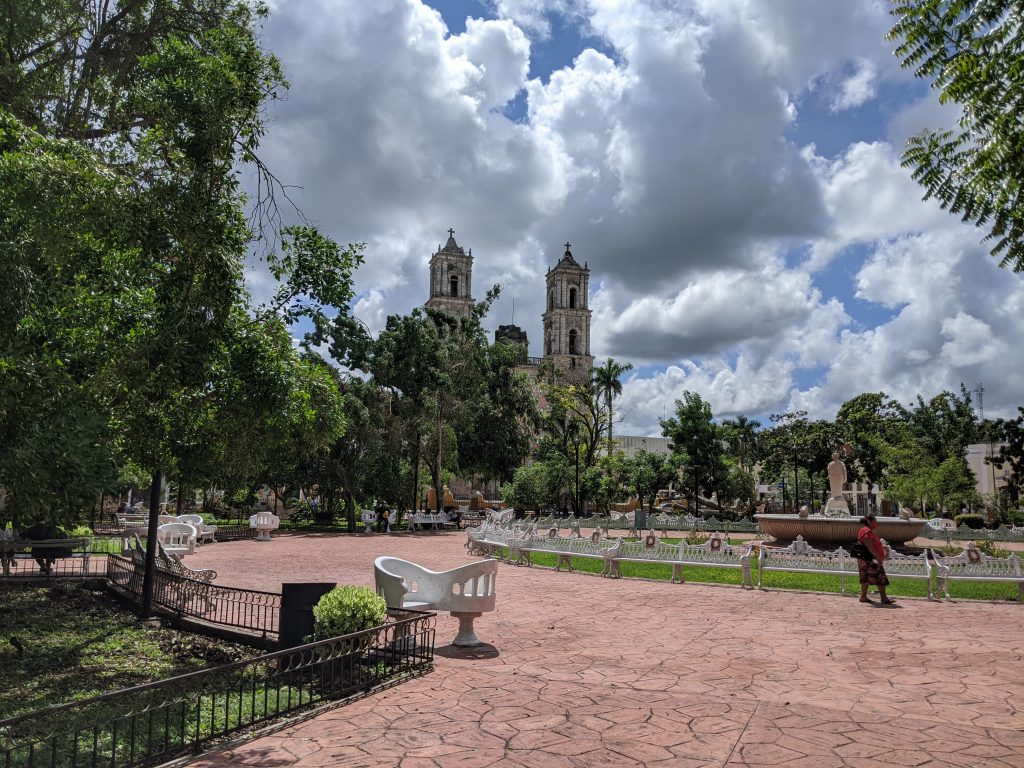
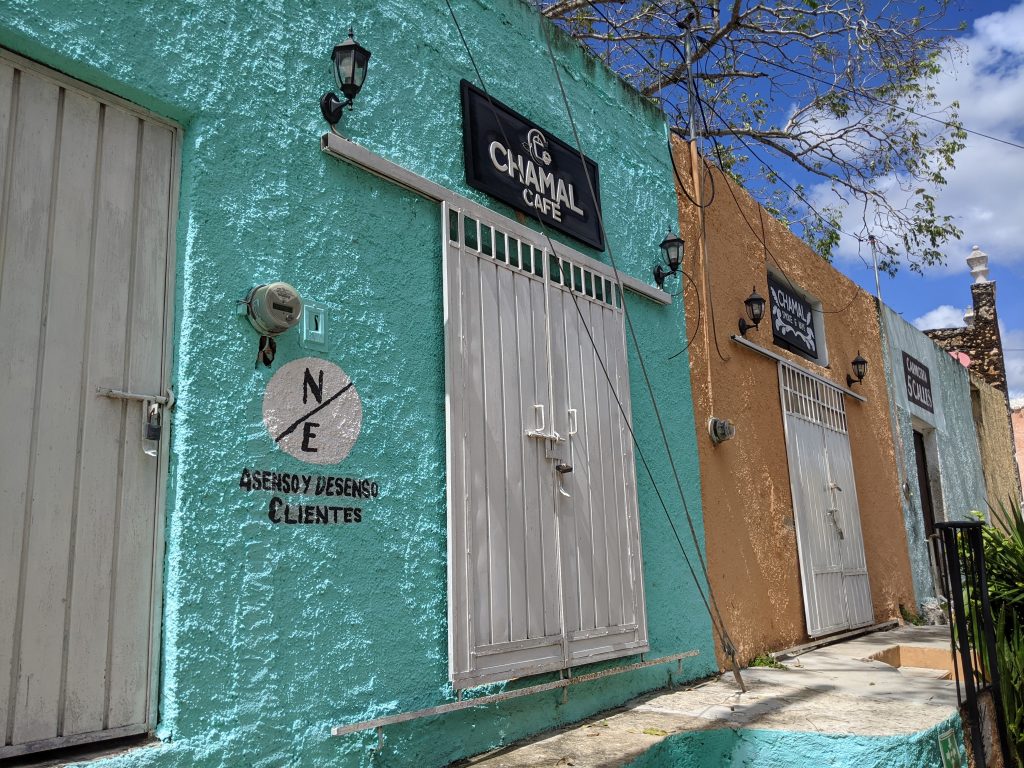
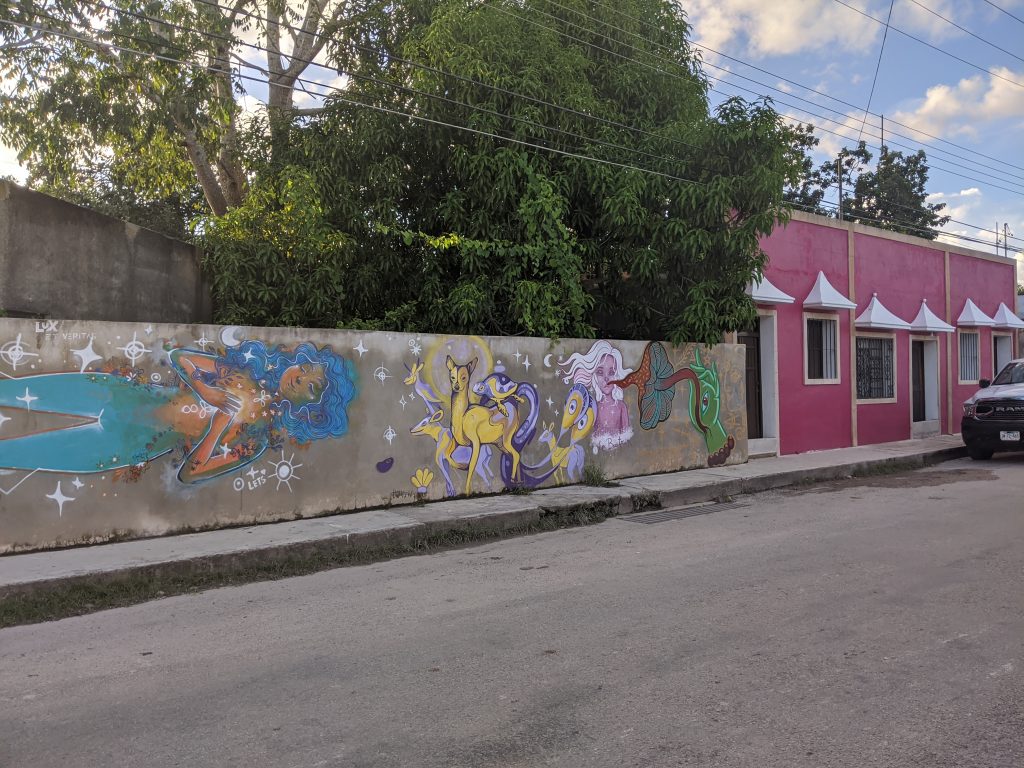
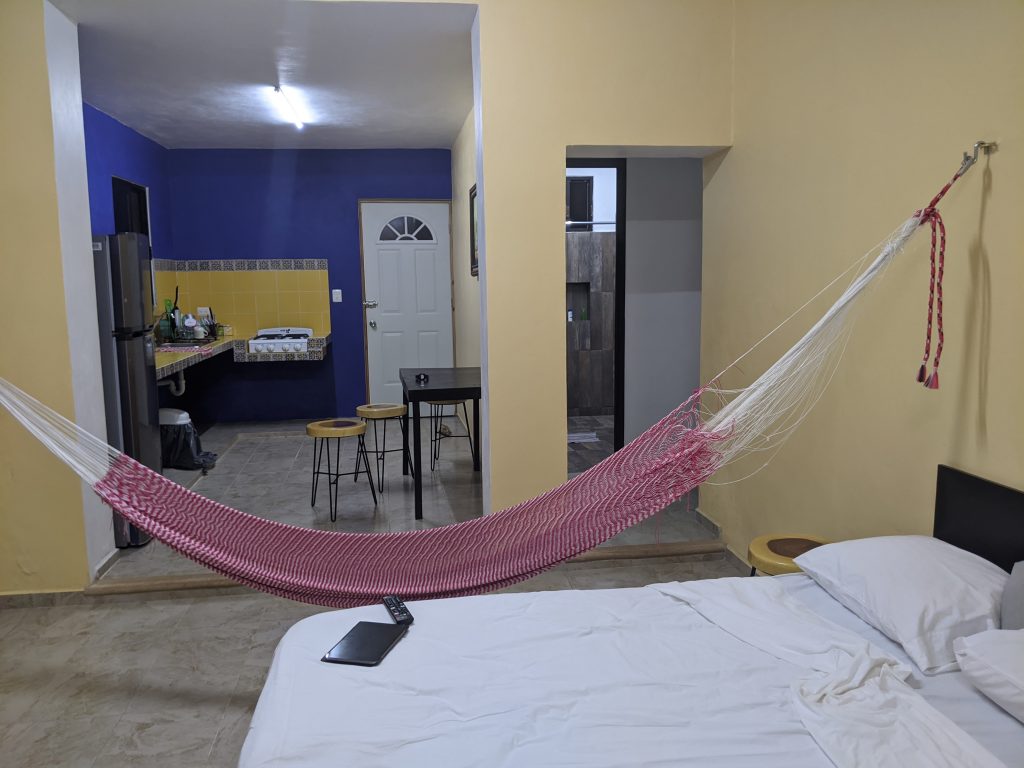
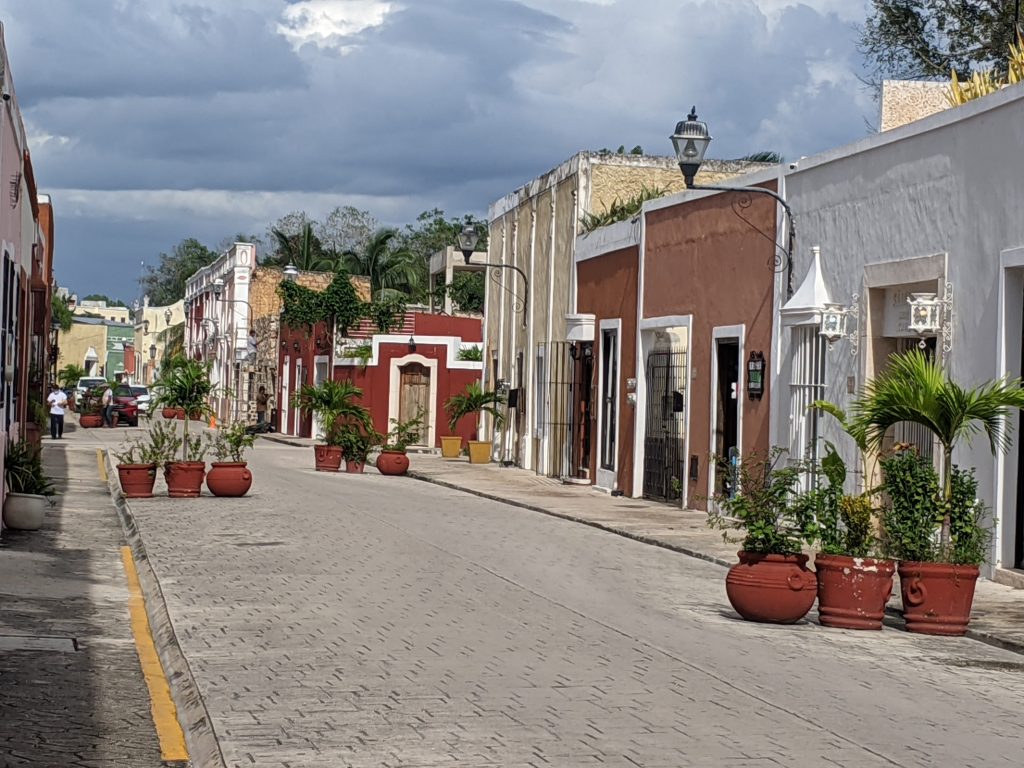
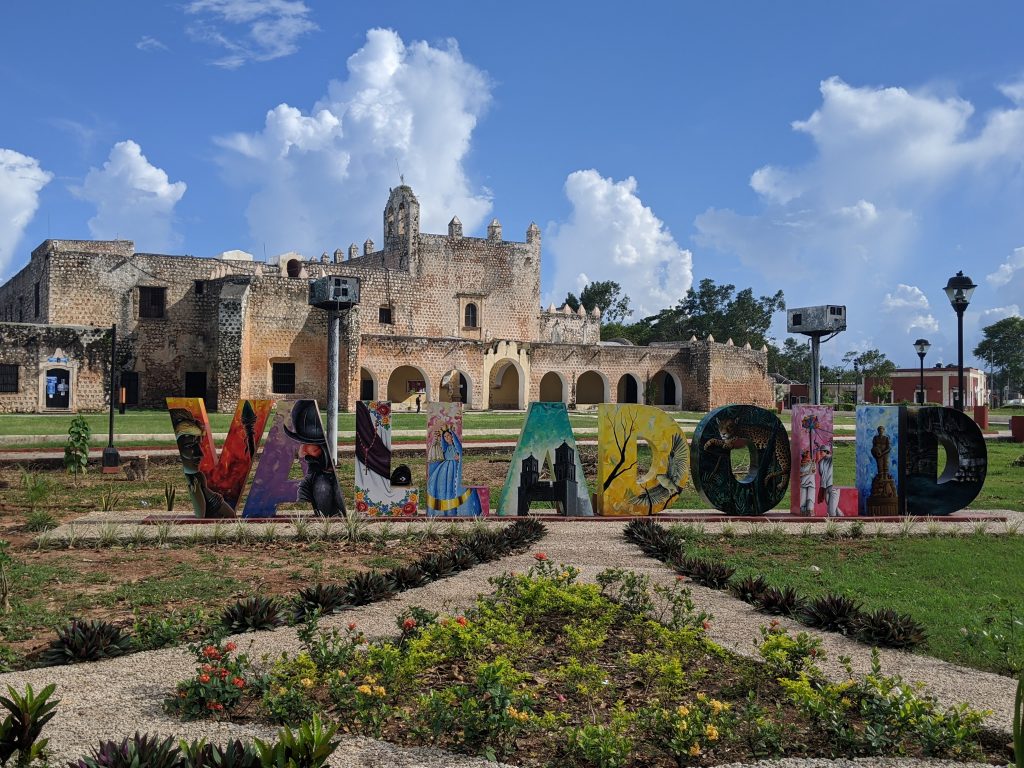
Merida
The second city I visited was Merida. Merida is the state capital of Yucatan and its greater metropolitan area has just over 1 million inhabitants. Merida is considered to have a rich cultural scene with many festivals and outdoor activities. It also attracts a lot of European visitors who are looking for something more traditional than the beach cities of the Mayan Riviera. However, Covid seems to have made a big impact on all of this. As I walked around the city, I didn’t see many non-Mexican tourists and it seemed that at least 50-60% of the restaurants and bars I walked by were indefinitely closed.
As an example I stumbled into what looked like an amazing gelato shop after an early dinner. I was the only customer and I couldn’t actually eat in the shop. It was hot outside and I didn’t know where I would eat a gelato. The nearby park was closed off under Covid restrictions and I didn’t want to just walk around the narrow sidewalks trying to eat it as I dodged other pedestrians. So I decided not to have anything.
The historic tourist area was nice, but it didn’t really blow me away. I think the key to Merida was the overall vibe and that seems to be missing now with the Covid restrictions.
Here’s the thumbnail history of Merida courtesy of Lonely Planet:
Francisco de Montejo (the Younger) founded a Spanish colony at Campeche, about 160km to the southwest, in 1540. From this base he took advantage of political dissension among the Maya, conquering T’ho (now Mérida) in 1542. By decade’s end Yucatán was mostly under Spanish colonial rule. When Montejo’s conquistadors entered T’ho, they found a major Maya settlement of lime-mortared stone that reminded them of the Roman architecture in Mérida, Spain. They promptly renamed the city and proceeded to build it into the regional capital, dismantling the Maya structures and using the materials to construct a cathedral and other stately buildings. Mérida took its colonial orders directly from Spain, not from Mexico City, and Yucatán has had a distinct cultural and political identity ever since.
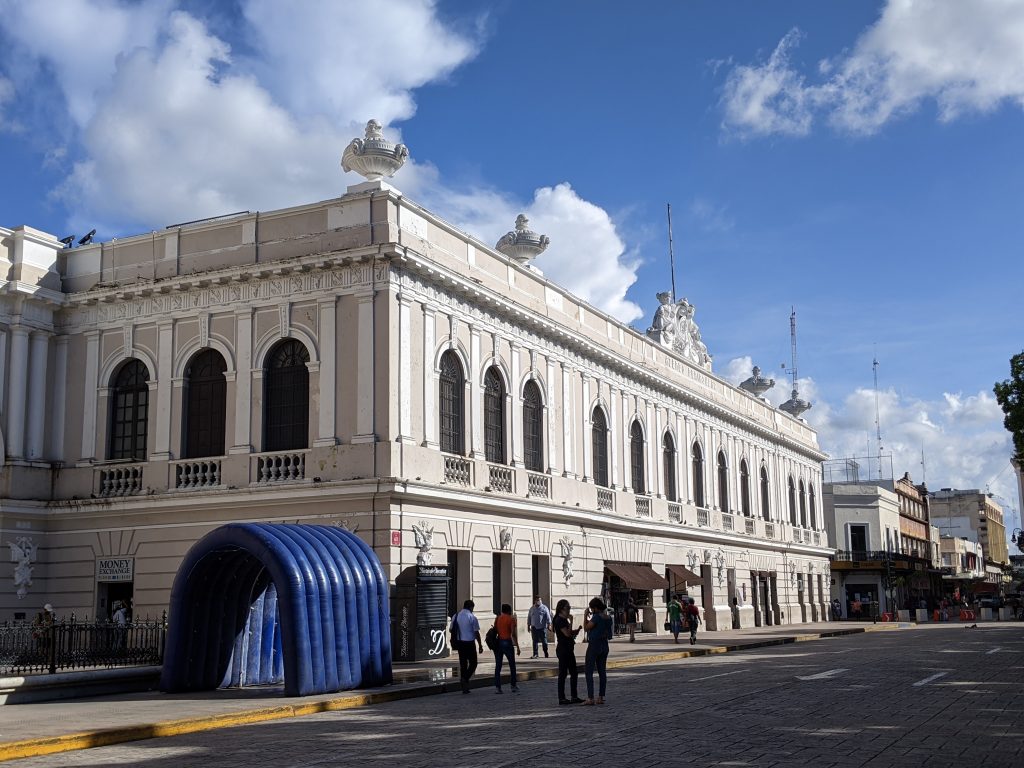
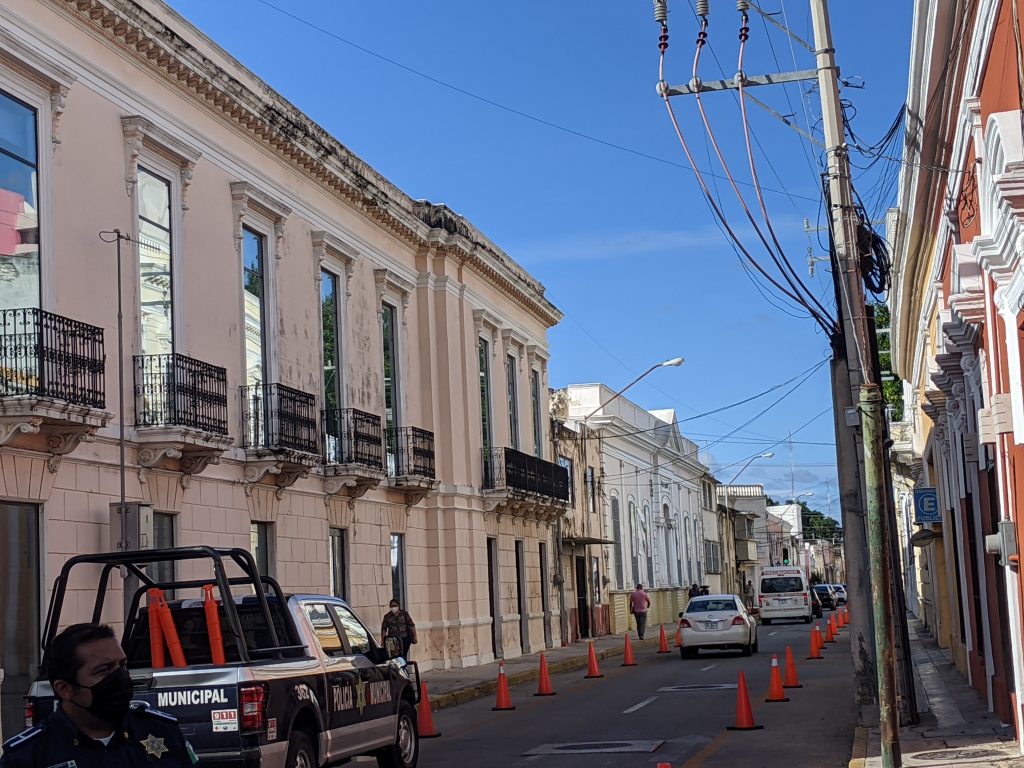
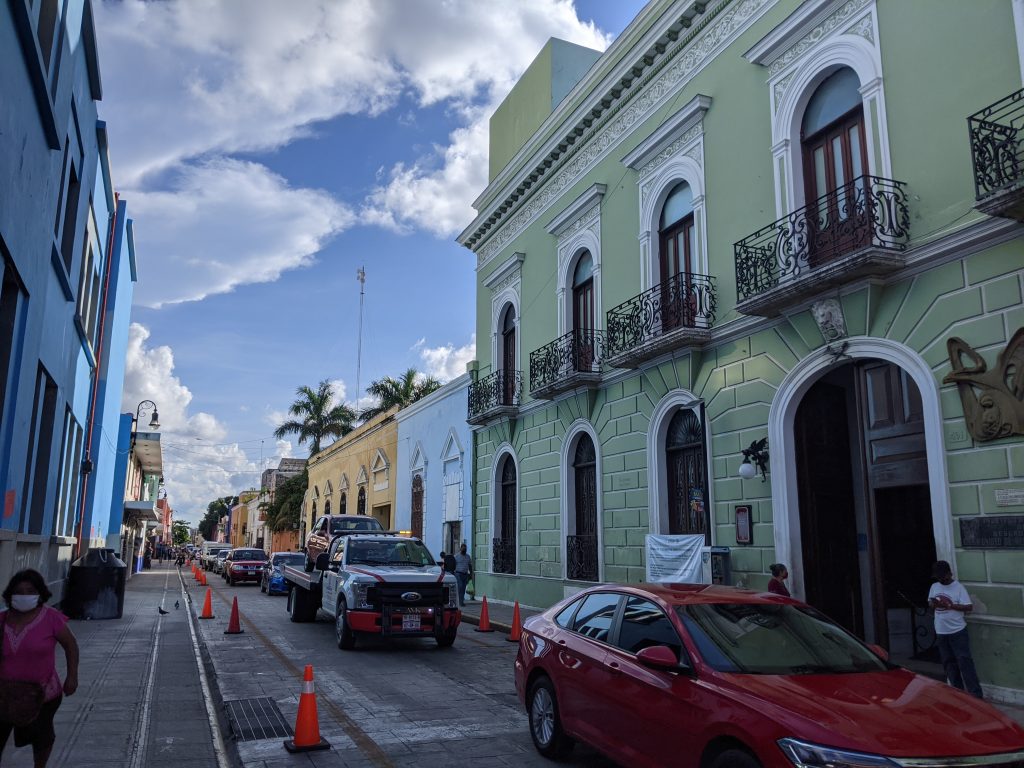
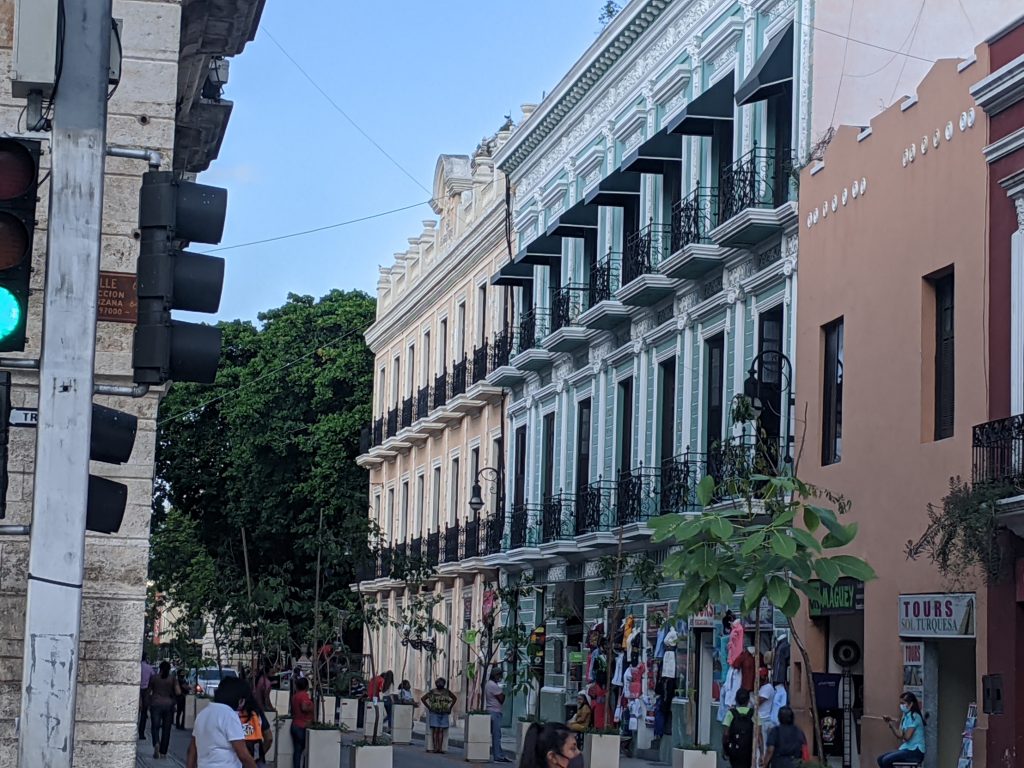
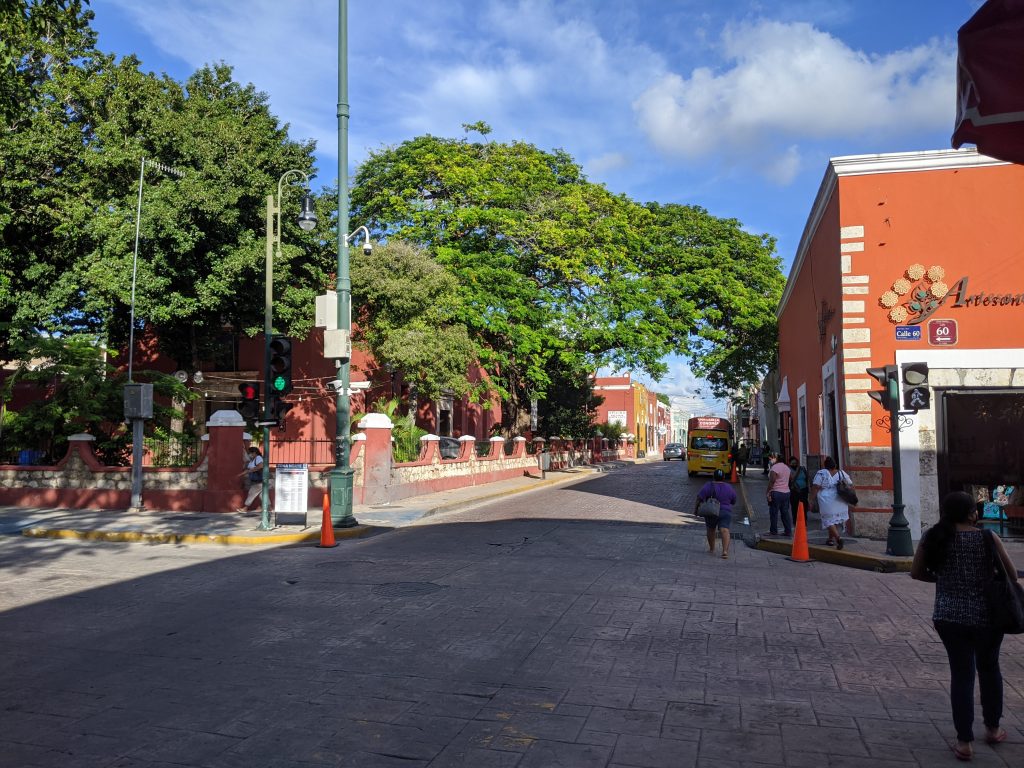
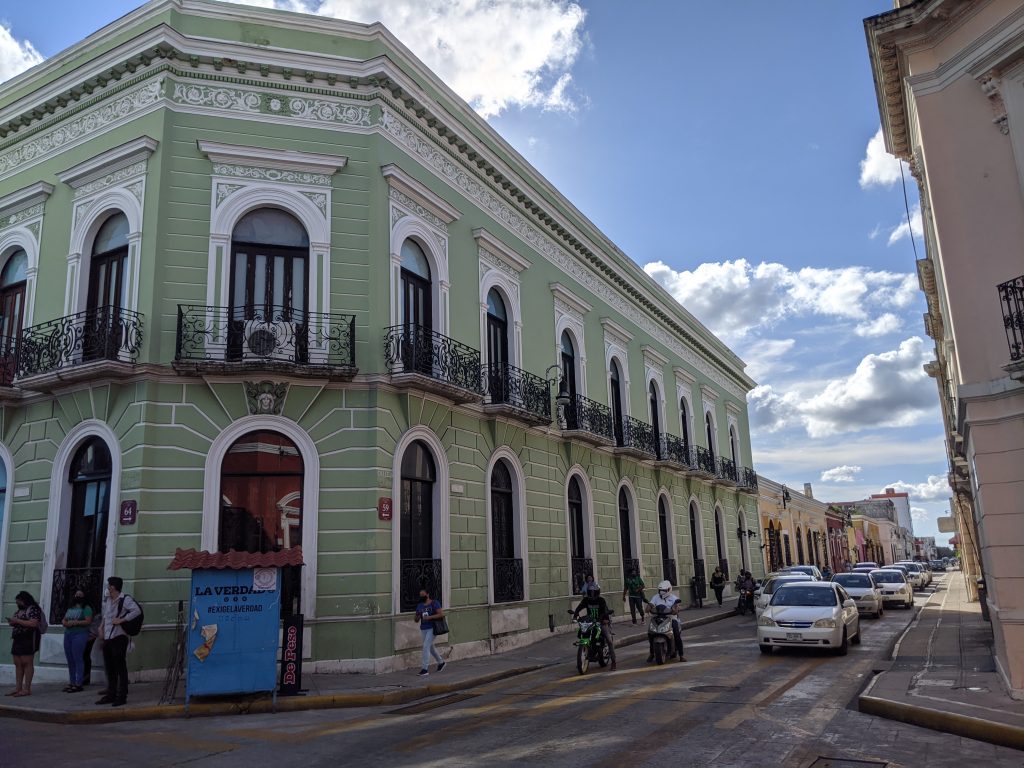
Campeche
If Valladolid was too small and Merida possibly too big, Campeche was just right. It was my Goldilocks city out of the three. Its old town encompassed dozens of blocks of cobblestone streets with very well maintained historic pastel colored buildings. This part of town is partially enclosed by a 17th century limestone wall built to keep pirates out. I spent two afternoons walking all over these streets and enjoying the relaxed, enchanting scenery. Like Merida, it seemed like a lot of things were closed, but the physical atmosphere still gave it a special feeling. The best part was one long street with no car traffic and a couple of dozen outdoor restaurants framed by the enchanting buildings.
And, again, the short history of Campeche as summarized by Lonely Planet:
Once a Maya trading village called Ah Kim Pech (Lord Sun Sheep-Tick), Campeche was first briefly approached by the Spaniards in 1517. Resistance by the Maya prevented the Spaniards from fully conquering the region for nearly a quarter-century. Colonial Campeche was founded in 1531, but later abandoned due to Maya hostility. By 1540, however, the conquistadors had gained sufficient control, under the leadership of Francisco de Montejo (the Younger), to found a permanent settlement. They named the settlement Villa de San Francisco de Campeche. The settlement soon flourished as the major port of the Yucatán Peninsula, but this made it subject to pirate attacks. After a particularly appalling attack in 1663 left the city in ruins, the king of Spain ordered construction of Campeche’s famous bastions, putting an end to the periodic carnage.
